Unfortunately, I never had one of my own - so instead I seek out those in botanical gardens and the like. I distinctly remember that when I spent a winter in Aberdeen, Scotland, as a student the amazing public winter gardens there became a lifesaver. Here in London I make a pilgrimage to Kew Gardens to lift my mood whenever I get a chance. I've contemplated moving in with the palms and orchids for the dark season but I'm not sure I'd be allowed to.
Of course, I really should know their song as we have one singing under our window every morning. But it was so unexpected inside that tropical jungle of the Palm House! Rather than going 'Oh, it's just a robin' however, I admired our little native singers all the more and listened gratefully. Were they accidentally trapped inside? Or did they live the dream and overwinter in there? The little birds seemed happy enough, for sure.
glasshouse encounters: robins and Lady Doorly's morning glory
While Kew's Palm House is possibly my favourite, it was in the Princess of Wales Conservatory that I came across a plant which had stopped me in my tracks in previous years already. I am talking of Ipomoea horsfalliae var. briggsii, a member of the Convolvulaceae and close relative of the plant that goes by the common name of Morning Glory. In fact, one of Ipomoea horsfalliae's English names is Lady Doorly's Morning Glory - which makes me wonder: who was dear Mrs Doorly?
Other common names are Cardinal Creeper and Prince Kuhio vine (the latter apparently because a Hawaiian prince Kuhio was very taken with it and introduced it to his garden). If the internet is to be believed - and I had to rely on the internet as none of my books mentions Ipomoea horsfalliae - the plant originally hails from South America and is now naturalized in the Caribbean. Its palmate leaves remind me of those from Passiflora caerulea and like the latter, it is an abundantly flowering climber.
Since Ipomoea horsfalliae var. brigsii is also said to be a comparatively slow grower, I'd be tempted to try it myself in a pot: outside in summer and inside in winter, as it cannot stand frost and apparently should be kept at a minimum temperature of 10° C. Ah well, one day...
So Merry Christmas to you all wherever you are!! Or, if you don't celebrate Christmas, Happy Holidays! I hope you will have a truly joyful time.
Elisen-Lebkuchen
- 450 g sugar
- 6 eggs
- 20 g vanilla sugar
- 240 g chopped hazelnuts
- 240 g ground almonds (or vise versa: ground hazelnuts, chopped amonds), err on the generous side
- 50 g chopped walnuts
- 200 g mixed peel (i.e. candied orange peel and candied lemon peel)
- the finely grated zest of a lemon and an orange (you will want an untreated, possibly organic, one for that)
- ½ tsp ground cinnamon
- ½ tsp ground nutmeg
- ½ tsp ground coriander
- ½ tsp ground cardamom
- ½ tsp ground cloves
- ½ tsp ground allspice
- edible wafer paper (in German Backoblaten - think 'altar bread'): a pack of 100 at Ø 5cm should be enough; here in Britain I buy a packet of rectangular sheets and fold and rip them to a smaller size. If you can't get hold of edible wafer paper, it may be possible to do without this ingredient as it is "only" the base for the mix: either think of some other neutral tasting thin base (rice paper perhaps?) or try without but make sure you definitely use baking parchment.)
Stir eggs, sugar and vanilla sugar until the sugar has dissolved. Add nuts and almonds, mixed peel, grated lemon and orange zest and the spices and mix thoroughly. Cover mixing bowl and leave to rest somewhere cool for 24 hours.
Put backing parchment/paper on a baking tray and place some edible wafer papers on it. No use to align them as they are unlikely to stay that way J. Give the baking mix a good stir again, right down to the bottom of the bowl. It is meant to be runny, i.e. no solid batter, but if it seems extremely runny you could add extra ground almonds or one or two heaped tablespoons full of flour.
Then, depending on their size, use a teaspoon or tablespoon to put a dollop of the baking mix on the wafers. There should be a rim of the latter left visible as the mix will spread out further during baking.
Bake at about 180 °C for 15 minutes (they should be golden brown, but not too dark). Some people then coat with chocolate, but we are always too lazy for that. Stored in a tin, they will keep for weeks – if you can resist them.
Enjoy!

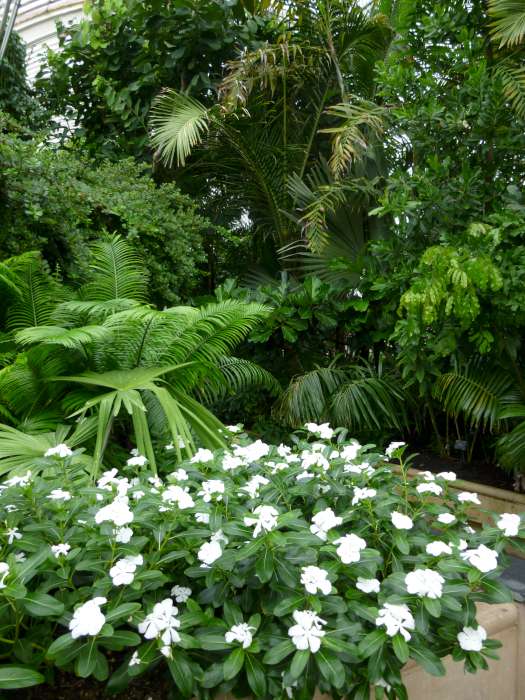

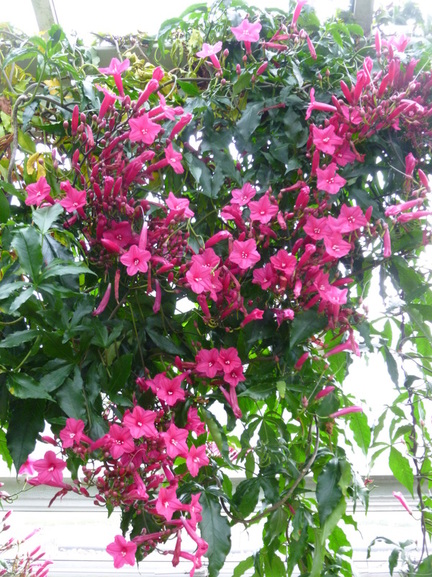
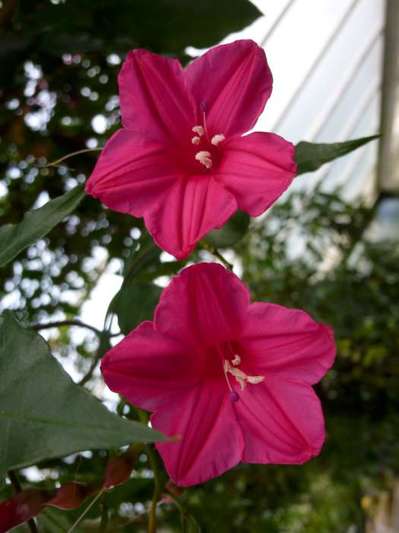
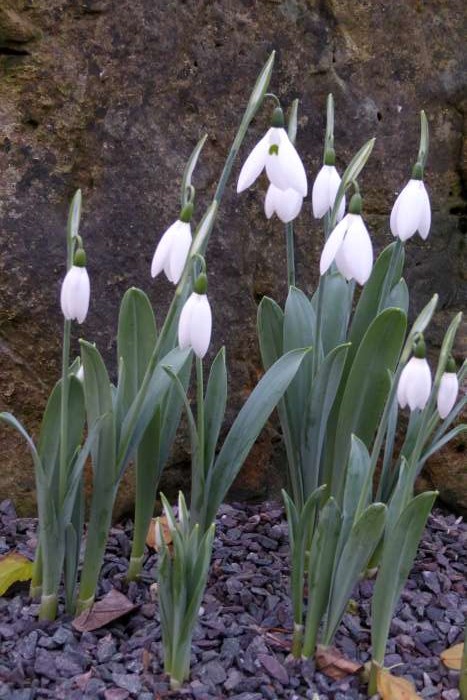
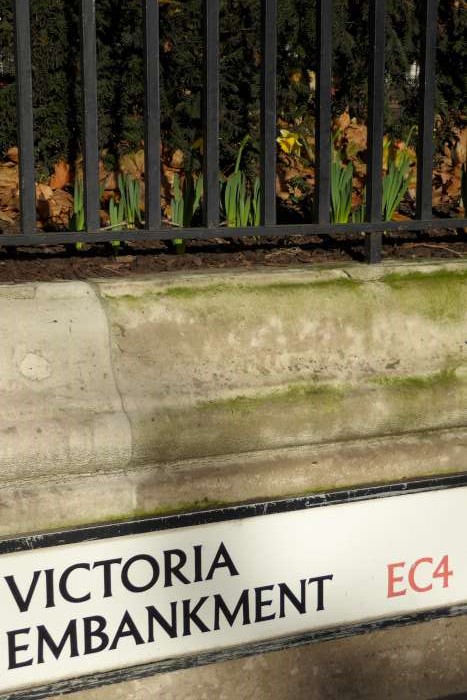
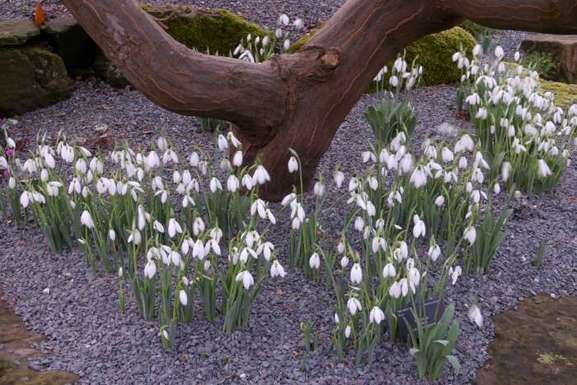


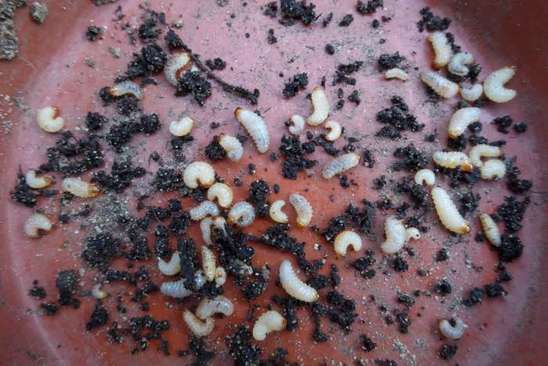
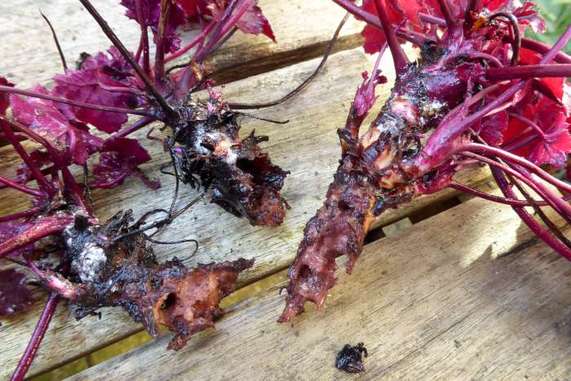
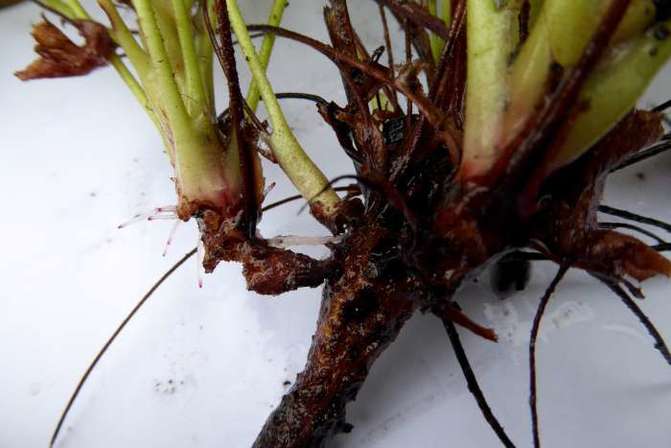
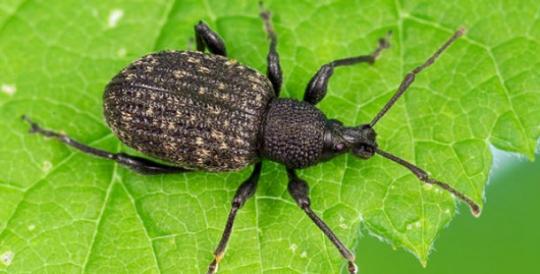
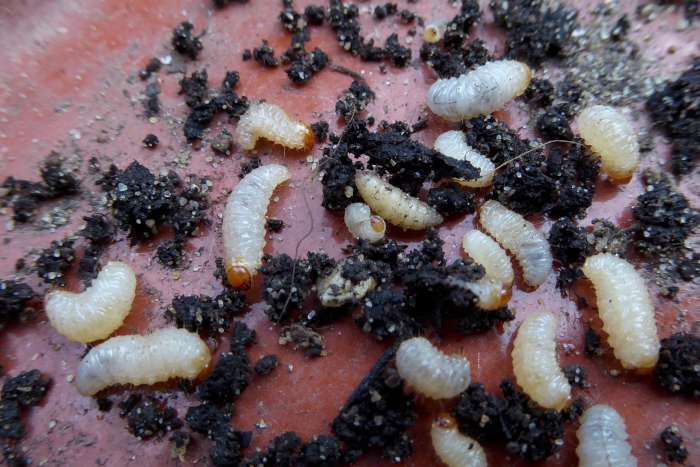
 RSS Feed
RSS Feed